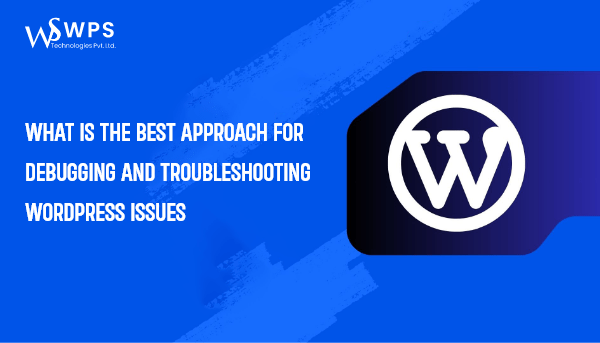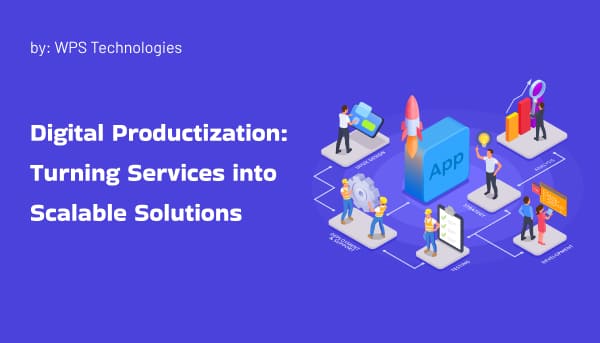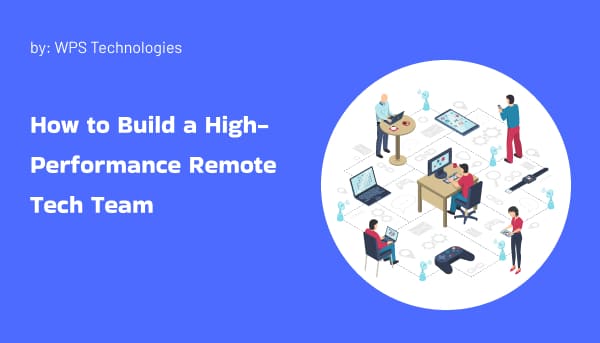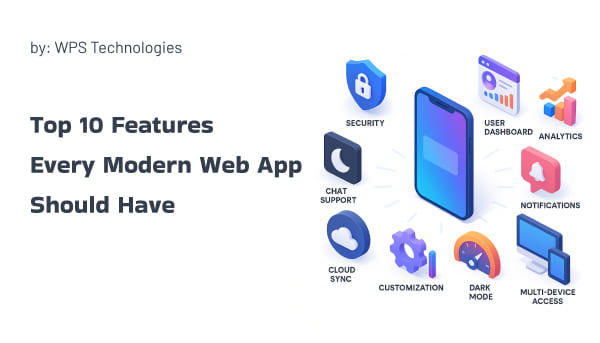
Web Design
February 24, 2023
What is the best approach for debugging and troubleshooting WordPress issues
Debugging and troubleshooting WordPress issues can be a complex process, but here are some general steps that I typically follow:
- Identify the issue: The first step is to identify the specific issue or error that is occurring on the website. This may involve reviewing error messages, examining the website code, or observing the website’s behavior.
- Reproduce the issue: Once the issue is identified, attempt to reproduce the error in a controlled environment, such as a staging site. This can help isolate the problem and prevent additional issues from arising on the live site.
- Review logs and error messages: Review the server logs, WordPress error logs, and any other relevant error messages to identify the root cause of the issue.
- Disable plugins and themes: Temporarily disable any plugins and themes that may be causing the issue to see if the problem persists. This can help isolate the problem and determine whether the issue is related to a plugin or theme conflict.
- Test with default settings: If disabling plugins and themes does not resolve the issue, try testing the website with default WordPress settings, such as a default theme and no plugins activated. This can help determine whether the issue is related to the website settings or a third-party plugin or theme.
- Debug the code: If the issue persists, review the website code to identify any coding errors or conflicts. This may involve debugging the PHP code or reviewing the database.
- Consult with experts: If the issue persists, consult with experts or the WordPress community for assistance. This may involve reaching out to the plugin or theme developers, hiring a developer, or seeking advice on WordPress forums.
In summary, debugging and troubleshooting WordPress issues involve a process of identifying, isolating, and resolving the specific problem. By following these general steps and utilizing resources and expertise, it is often possible to identify and resolve WordPress issues efficiently and effectively.
productized services
April 22, 2025


